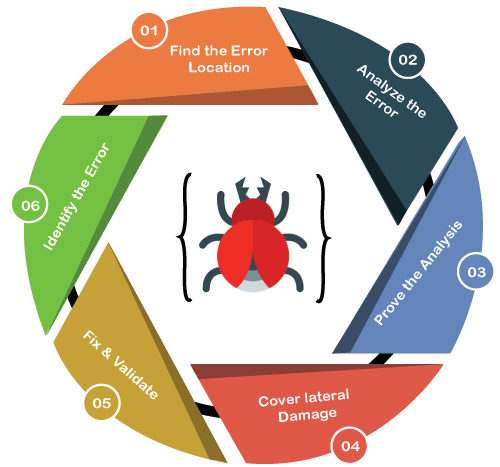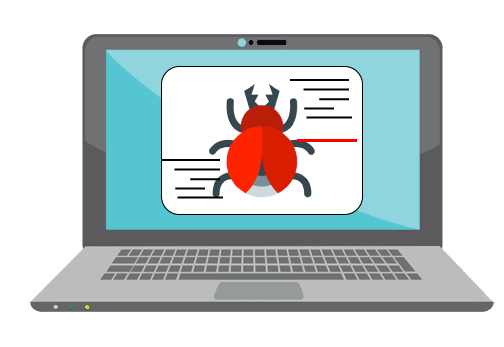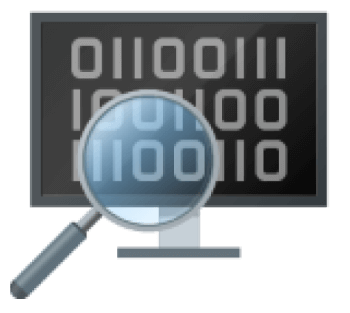What Does Continue Do in Java Debugging
Debugging
To launch an application into the market, it is very necessary to cross-check it multiple times so as to deliver an error-free product.
When we talk about delivering a bug-free product, then our main concern is all about customer satisfaction because if you are application is not up to the mark, then eventually it will demolish the company's reputation in the market.
In this article, we are going to see what makes debugging stand out of the queue and how it is different from software testing.
We will be discussing the following topics:
- What is Debugging
- Why do we need debugging?
- Steps involved in debugging
- Debugging strategies
- Tools required to debug
What is Debugging?

In the development process of any software, the software program is religiously tested, troubleshot, and maintained for the sake of delivering bug-free products. There is nothing that is error-free in the first go.
So, it's an obvious thing to which everyone will relate that as when the software is created, it contains a lot of errors; the reason being nobody is perfect and getting error in the code is not an issue, but avoiding it or not preventing it, is an issue!
All those errors and bugs are discarded regularly, so we can conclude that debugging is nothing but a process of eradicating or fixing the errors contained in a software program.
Debugging works stepwise, starting from identifying the errors, analyzing followed by removing the errors. Whenever a software fails to deliver the result, we need the software tester to test the application and solve it.
Since the errors are resolved at each step of debugging in the software testing, so we can conclude that it is a tiresome and complex task regardless of how efficient the result was.
Why do we need Debugging?
Debugging gets started when we start writing the code for the software program. It progressively starts continuing in the consecutive stages to deliver a software product because the code gets merged with several other programming units to form a software product.
Following are the benefits of Debugging:
- Debugging can immediately report an error condition whenever it occurs. It prevents hampering the result by detecting the bugs in the earlier stage, making software development stress-free and smooth.
- It offers relevant information related to the data structures that further helps in easier interpretation.
- Debugging assist the developer in reducing impractical and disrupting information.
- With debugging, the developer can easily avoid complex one-use testing code to save time and energy in software development.
Steps involved in Debugging
Following are the different steps that are involved in debugging:

- Identify the Error: Identifying an error in a wrong may result in the wastage of time. It is very obvious that the production errors reported by users are hard to interpret, and sometimes the information we receive is misleading. Thus, it is mandatory to identify the actual error.
- Find the Error Location: Once the error is correctly discovered, you will be required to thoroughly review the code repeatedly to locate the position of the error. In general, this step focuses on finding the error rather than perceiving it.
- Analyze the Error: The third step comprises error analysis, a bottom-up approach that starts from the location of the error followed by analyzing the code. This step makes it easier to comprehend the errors. Mainly error analysis has two significant goals, i.e., evaluation of errors all over again to find existing bugs and postulating the uncertainty of incoming collateral damage in a fix.
- Prove the Analysis: After analyzing the primary bugs, it is necessary to look for some extra errors that may show up on the application. By incorporating the test framework, the fourth step is used to write automated tests for such areas.
- Cover Lateral Damage: The fifth phase is about accumulating all of the unit tests for the code that requires modification. As when you run these unit tests, they must pass.
- Fix & Validate: The last stage is the fix and validation that emphasizes fixing the bugs followed by running all the test scripts to check whether they pass.
Debugging Strategies
- For a better understanding of a system, it is necessary to study the system in depth. It makes it easier for the debugger to fabricate distinct illustrations of such systems that are needed to be debugged.
- The backward analysis analyzes the program from the backward location where the failure message has occurred to determine the defect region. It is necessary to learn the area of defects to understand the reason for defects.
- In the forward analysis, the program tracks the problem in the forward direction by utilizing the breakpoints or print statements incurred at different points in the program. It emphasizes those regions where the wrong outputs are obtained.
- To check and fix similar kinds of problems, it is recommended to utilize past experiences. The success rate of this approach is directly proportional to the proficiency of the debugger.
Debugging Tools

The debugging tool can be understood as a computer program that is used to test and debug several other programs. Presently, there are many public domain software such as gdb and dbx in the market, which can be utilized for debugging. These software offers console-based command-line interfaces. Some of the automated debugging tools include code-based tracers, profilers, interpreters, etc.
Here is a list of some of the widely used debuggers:
- Radare2
- WinDbg
- Valgrind
Radare2
Radare2 is known for its reverse engineering framework as well as binary analysis. It is made up of a small set of utilities, either utilized altogether or independently from the command line. It is also known as r2.
It is constructed around disassembler for computer software for generating assembly language source code from machine-executable code. It can support a wide range of executable formats for distinct architectures of processors and operating systems.

WinDbg
WinDbg is a multipurpose debugging tool designed for Microsoft Windows operating system. This tool can be used to debug the memory dumps created just after the Blue Screen of Death that further arises when a bug check is issued. Besides, it is also helpful in debugging the user-mode crash dumps, which is why it is called post-mortem debugging.

Valgrind
The Valgrind exist as a tool suite that offers several debugging and profiling tools to facilitate users in making faster and accurate program. Memcheck is one of its most popular tools, which can successfully detect memory-related errors caused in C and C++ programs as it may crash the program and result in unpredictable behavior.

Source: https://www.javatpoint.com/debugging
0 Response to "What Does Continue Do in Java Debugging"
Post a Comment